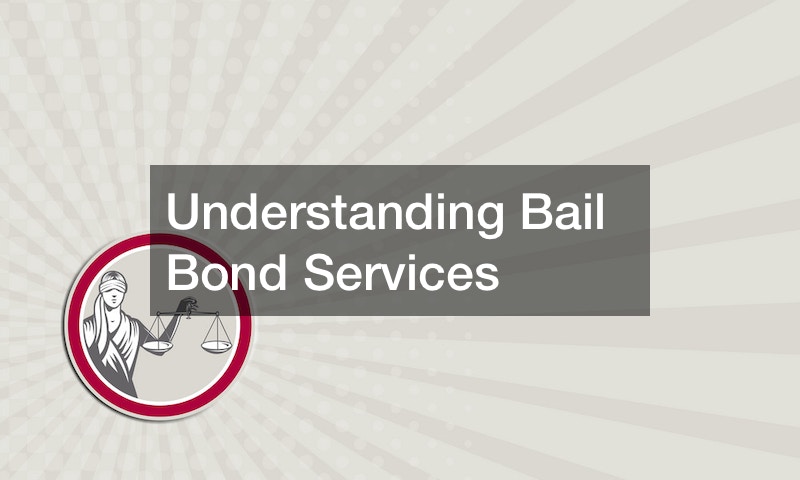
Non-operative spine care represents a crucial aspect of managing various spine-related disorders without resorting to surgical interventions. With a focus on understanding the underlying causes and implementing conservative treatment methods, non-operative spine care can effectively alleviate symptoms, improve function, and enhance quality of life for those suffering from spinal conditions. This article explores the fundamentals of non-operative spine care, the conditions it addresses, and the various treatment options available.
Understanding Non-Operative Spine Care
Non-operative spine care encompasses a range of treatments designed to manage pain and dysfunction caused by spinal disorders such as disc herniations, spinal stenosis, facet arthritis, and spondylolisthesis. Unlike surgical treatments, non-operative methods focus on reducing symptoms and improving the patient’s functional capacity through less invasive approaches. This type of care is often considered when the condition does not pose an immediate risk to the patient’s spinal cord or overall stability, or when the potential risks of surgery outweigh the benefits.
At the core of non-operative spine care is the thorough assessment and accurate diagnosis of the spinal condition. Healthcare providers utilize a combination of medical history, physical examinations, and diagnostic imaging to pinpoint the specific causes of spine-related symptoms. Understanding the exact nature of the disorder is crucial in tailoring the most effective treatment plan for each individual.
Conditions Managed by Non-Operative Spine Care
Several common spinal conditions can be effectively managed through non-operative means. For example, spinal stenosis, which involves the narrowing of the spinal canal and subsequent nerve compression, can often be treated with physical therapy and medication. Facet arthritis, another prevalent condition, results from degenerative changes in the joints of the spine, leading to pain and stiffness that can be alleviated with conservative treatments such as corticosteroid injections or radiofrequency ablation.
Spondylolisthesis, characterized by the slipping of one vertebra over another, may also be managed non-operatively through stabilization exercises and braces, depending on the degree of slippage and the patient’s symptoms. Disc herniations, known for causing sharp, shooting pains in the back or limbs, can often be addressed with a combination of rest, physical therapy, and medications to reduce inflammation and pain.
Treatment Options in Non-Operative Spine Care
The treatment strategies in non-operative spine care vary widely but typically include physical therapy, medication, lifestyle modifications, and interventional pain management techniques. Physical therapy is one of the cornerstones of non-operative spine care, involving exercises designed to strengthen the muscles supporting the spine, improve flexibility, and decrease pressure on the nerves.
Medication management may include non-steroidal anti-inflammatory drugs (NSAIDs), analgesics, or muscle relaxants to relieve pain and inflammation. For more severe cases, epidural steroid injections or nerve blocks can be employed to directly target the sources of nerve irritation and significantly reduce symptoms.
Lifestyle modifications play an integral role in managing spinal conditions. Weight management, for instance, can significantly decrease the load on the spine, alleviating pain and preventing further deterioration. Similarly, ergonomic adjustments in daily activities and work settings can help maintain spinal alignment and prevent additional strain.
Chiropractic care is another aspect of non-operative spine care that can provide relief for some patients. Techniques such as spinal manipulation may help in reducing pain and improving function, particularly for patients with chronic conditions. However, it is crucial to approach such treatments with caution and under the guidance of a qualified healthcare provider to avoid complications.
Importance of Personalized Care in Non-Operative Spine Treatment
Given the diverse nature of spine-related disorders, a personalized treatment approach is essential in non-operative spine care. Each patient’s condition, symptoms, lifestyle, and overall health must be considered when developing a treatment plan. Moreover, ongoing assessment and adjustments to the treatment regimen are crucial as symptoms improve or change.
Collaboration among healthcare providers, including spine specialists, physical therapists, and primary care physicians, ensures that all aspects of the patient’s health and spinal disorder are addressed. This multidisciplinary approach not only enhances the effectiveness of non-operative treatments but also supports the patient’s overall well-being and long-term health.
Non-operative spine care is essential for individuals who may not be suitable candidates for surgery due to various health concerns or when the risks of surgery outweigh the potential benefits. This practice is particularly valuable for managing chronic conditions that respond well to less invasive treatments, allowing patients to avoid the costs, risks, and extended recovery times associated with surgical interventions. Additionally, it serves as an important management strategy for those seeking to improve their quality of life through pain reduction and functional enhancement without immediate, drastic medical procedures. Non-operative care can also offer a step-wise approach to spine management, acting as an interim solution while monitoring the progression of spinal conditions.
Non-operative spine care offers a valuable and often preferable alternative to surgical interventions for managing spine-related conditions. With a comprehensive and personalized approach, it is possible to achieve significant improvement in symptoms and functionality, empowering patients to lead active and fulfilling lives without undergoing surgery.
.




